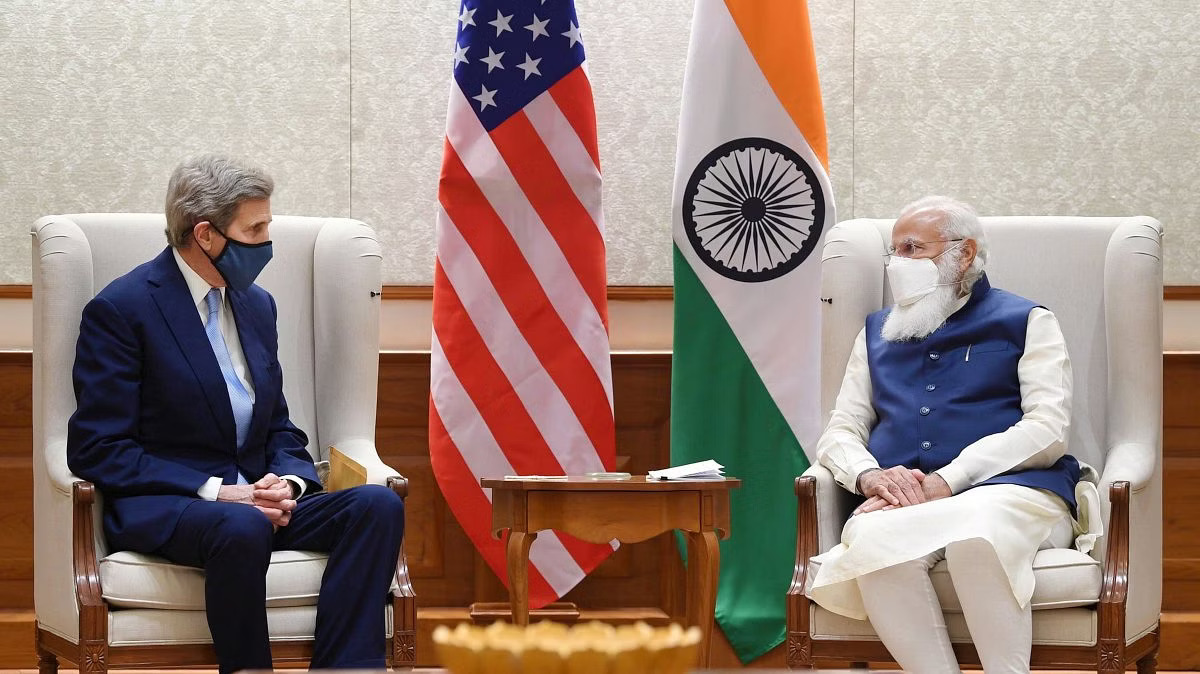The Climate Ambition Summit (CAS) at the United Nations General Assembly on September 21 highlighted the absence of major economies crucial in shaping global emissions reduction efforts. China, the United States, and India, collectively responsible for 42% of global greenhouse gas emissions, were notably missing from this critical event. The CAS aimed to showcase leaders with credible actions and policies to uphold the Paris Agreement’s 1.5°C degree goal and promote climate justice.
Limited Participation Despite Global Call to Action
Leading up to the summit, around 100 heads of state responded to Secretary-General Antonio Guterres’ call for increased climate action. However, only representatives from 34 states and 7 institutions were given speaking slots at the summit. Surprisingly, India’s neighbors, such as Sri Lanka, Nepal, and Pakistan, were among the speakers, along with emerging economies like South Africa and Brazil. Meanwhile, the European Union, Germany, France, and Canada also had a presence.
Stringent Criteria for Participation
The selection criteria for countries to secure a speaking slot at the summit were rigorous and included:
- Updated pre-2030 Nationally Determined Contributions (as agreed in Glasgow)
- Updated net-zero targets
- Energy transition plans with commitments to no new coal, oil, and gas
- Fossil fuel phase-out plans
- More ambitious renewable energy targets
- Green Climate Fund pledges
- Economy-wide plans on adaptation and resilience
- Commitment to present more ambitious economy-wide Nationally Determined Contributions featuring absolute emissions cuts and covering all gases by 2025.
Transparency and Accountability in Focus
The Climate Ambition Summit emphasized transparency and accountability in climate commitments. The UN-backed credibility standard for net-zero pledges was highlighted. It engaged governments, businesses, and local authorities with transition plans to achieve net-zero emissions.
India’s Climate Commitments and Ongoing Debate
India last updated its climate pledges in 2022, committing to reducing emissions intensity by 45% from 2005 levels by 2030. It also increased its commitment to meet 50% of its electric power needs from renewable, non-fossil fuel sources and promised to create an additional carbon sink through forest and tree cover expansion by 2030.
Prime Minister Narendra Modi’s commitment to achieving net-zero emissions by 2070, however, has sparked debate. While some argue that India’s commitment is insufficient to limit temperature rise below 2°C, others point to India’s low per capita emissions and its contribution to existing carbon in the atmosphere, suggesting that it has committed to more than its fair share.
Find More International News Here




 Which City is known as the Christmas Cap...
Which City is known as the Christmas Cap...
 Auroville Foundation May Gain Institutio...
Auroville Foundation May Gain Institutio...
 Elon Musk Becomes First Individual to Re...
Elon Musk Becomes First Individual to Re...







